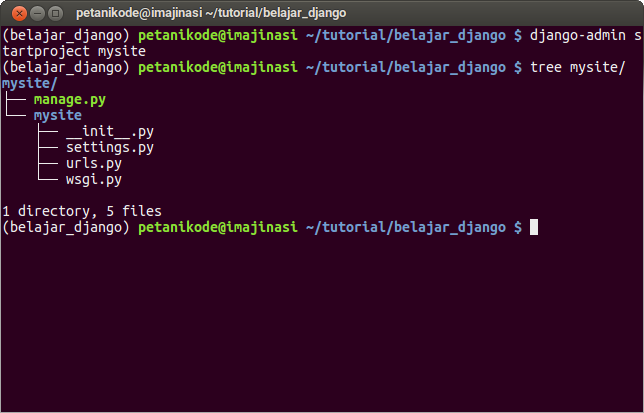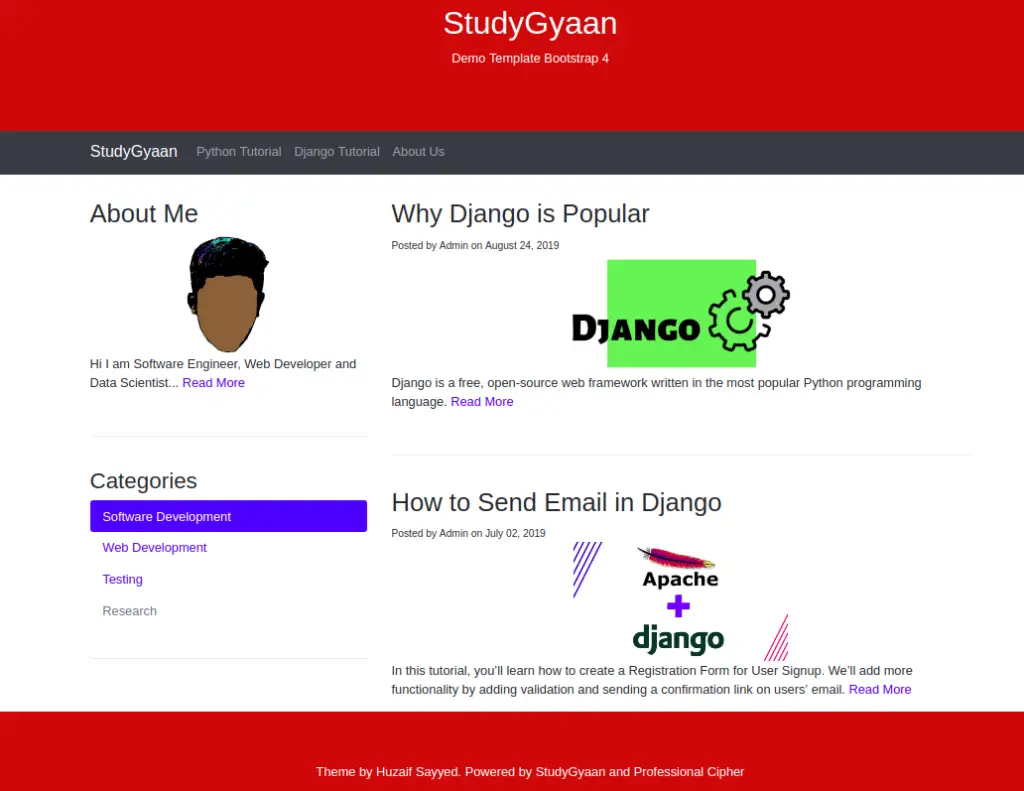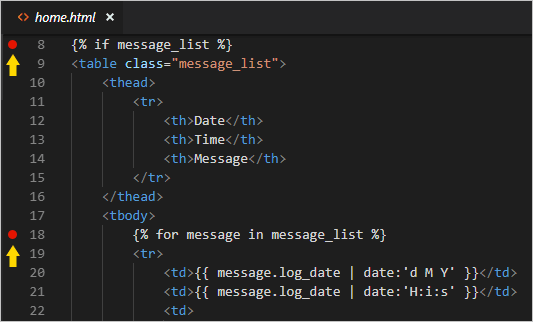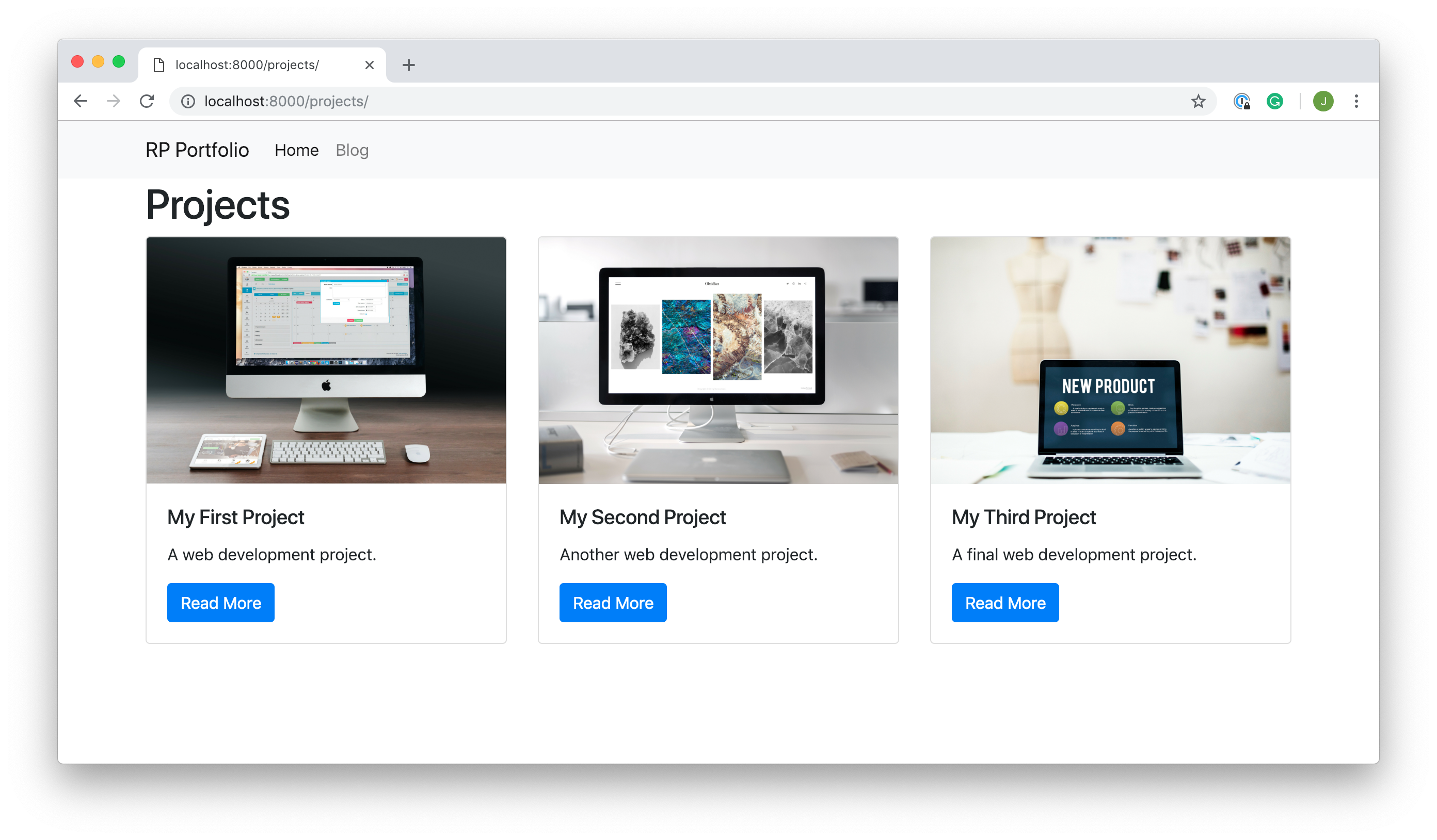

Place an HTML file inside the Templates folder: The HTML content for the web page is drafted.Ĥ. This brings in the capability of accessing all the html files which are been placed as a part of the templates folder.ģ. Tag the Template folder in settings.py file: The settings.py file needs to have the tag for the templates folder so that all templates are accessible for the entire Django project. The template folder has to be created under the primary project folder.Ģ.
#Python django examples code
these templates are stored in the template folder, So for a Django project all the code associated.

Create a Template folder: First to hold the html design for the web page the necessary templates are expected to be created. Return render(request_iter,'design.html',context=template_Var)ġ. "Error_Message" : "No Valid Entity found" # url(r'formpage/',views.formView,name='form'),įrom import ViewDoesNotExistįrom import User Path('index//',views.template_view,name='template'), Register_converter(StringConverter, 'username') The below example shows how the url value can be converted to a string format and passed into its corresponding view.įrom django.urls import path, re_path,register_converterįrom import StringConverter The converters are responsible for converting a dynamic value in the URL to a needed value format. Url(r'^$',views.template_view,name='template'), Making this include will automatically import all the urls from that corresponding application. At last, it needs to be ensured that the urls.py file from the Django application is included as an item to the urlpatterns tuple. This admin class is useful in setting the auto-discover method. Next, ensure the admin class is also imported. This is the first key thing to be taken care of. The first major element to be taken care is that the include method is imported from library.

here all the URLs from the Django application can be included which means every page addressed in those applications can be accessed here sophisticatedly. Main project urls.py: This urls.py file will be acting as the premiere URLs linking the library for the entire application. Url(r'formpage/',views.formView,name='form'), So this section acts as the formulation of urls.py file inside the individual Django application. additionally as like mention in the URL declarations above here again a name s associated to the url mapping and the path of the mapping is also placed. The view method which has been imported needs to be specified in the import of the views from the Django application. This individual urls.py file will bring flexibility for the applications so that they can be easily plugged and plugged out from the main project.Īs like usual urls.py, this file contains the import of the url class from the library, most importantly the views file for this application is expected to be imported here from the Django application mentioned. So this means every Django application which was expected to be developed as a part of the Django project is considered to hold an individual urls.py file within it. Below are the steps related to making an include oriented Django urls.py in place.ĭjango app urls.py: First a urls.py file needs to be created within the application.

Just making inclusion of these URL’s in the main project urls.py file will help to easily access the web pages associated with that Django application. This will bring more flexibility when the app needs to be plugged into a different application. The technique involves creating url patterns within each app. Note: The question mark in regex allows the indexes page to get loaded with only the index mentioned in it. Re_path('^indexs?/$',views.template_view,name='template'), This was introduced in version 2.0 along with the path() method. The re_path() method allows the use of python regular expressions in URLs. Path('index/',views.template_view,name='template'), Path(route, view, kwargs=None, name=None) Example This was introduced in Django version 2.0 along with the re_path() method. The path method allows returning of an element to be included in URL patterns tuple which will be used as an url pattern.
#Python django examples software
Web development, programming languages, Software testing & others 1.
#Python django examples free
Start Your Free Software Development Course


 0 kommentar(er)
0 kommentar(er)
